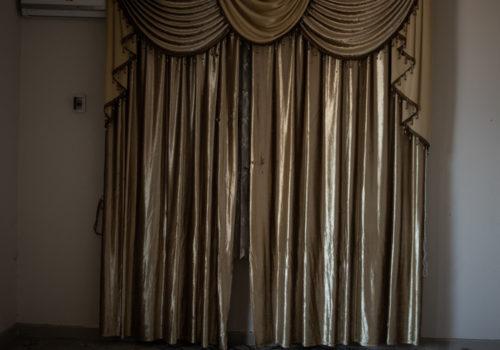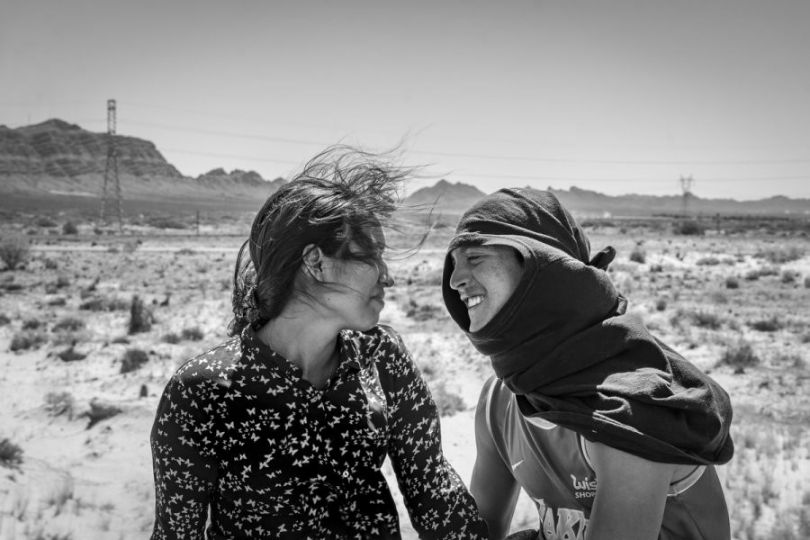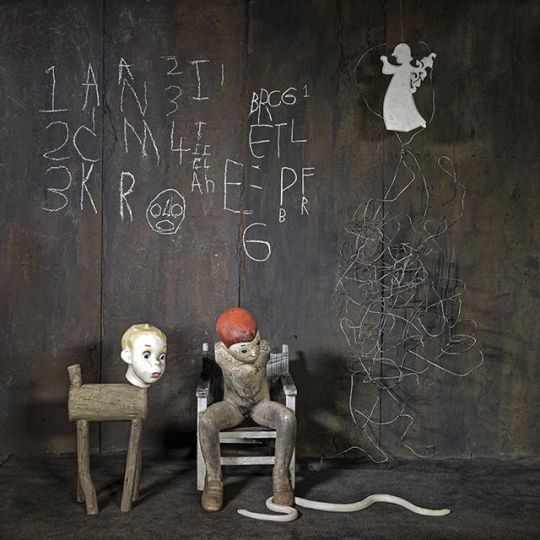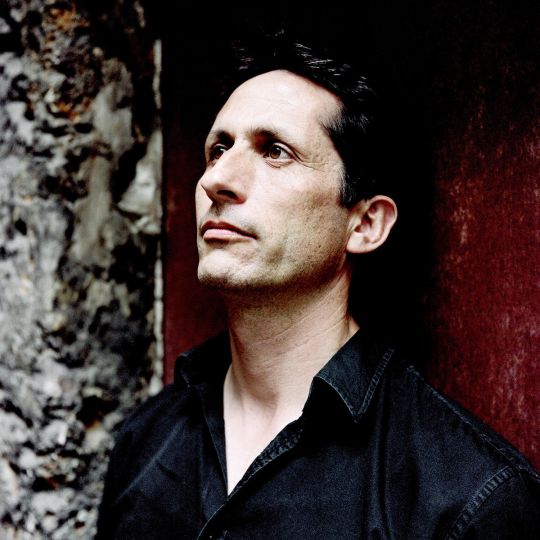Libyan photographer Nada Harib won the grand prize of the Aftermath Project post conflict grant with her project Unearth.
This text presents the project and its author:
Nada Harib, U.S./Libya
Unearth
Project Summary:
Growing up under Gaddafi’s regime, many things were hidden from us and we were not allowed to tell our story. Before I started to explore my country through my camera, Libya for me was hidden beneath these layers of mystery. After the revolution in 2011 and the fall of the Gaddafi Regime, these layers began to peel back with each year. Every time I made photos, I became more aware of the value of our culture and the complexities of the reality we live in. I am returning to Libya to document what remains of the fallen dictatorship, the revolution and endless wars that shaped me and my country.
Project Statement:
During the time when Gaddafi controlled Libya, the country’s entire public image was in the hands of his regime. Nothing was released until it was approved by Gaddafi himself. After the revolution, censorship became less severe. The consequence of what is happening now is the result of 42 years of oppression. Documentation was forbidden back then. We were denied the ability to tell our own story.
In 2018, I started to explore my Amazigh roots, reviving the cultural heritage of my hometown Yefren. The war erupted on April 2019 in Tripoli. Amid the turmoil and chaos, I took on the new role of being a photojournalist, and I began documenting the challenges of everyday life for people in Libya, motivated by the need to bear witness to what was happening around me. I focused on the stories of the aftermath of the conflict zones; from mass graves of Tarhana, the landmines and unexploded ordnance to migrants and many humanitarian crises in Tripoli and the surrounding cities.
After the recent war on the Libyan capital, I had a flashback of how we used to wear military uniforms in our high schools. Today students no longer wear them. This ignited my desire to tell the stories of what was unfolding around us and made me realize many traces have been left behind. I’m exploring our recent history through the juxtaposition of previously concealed narratives with the new imagery of contemporary events to reconstruct both my own history and the history of my land. I must look at the past and dig deeper into what hasn’t been documented when Libya was only seen in green, Gaddafi’s color.
I got inspired by the work of other photographers, telling stories from different countries at the same time it made me feel sad that I hadn’t found Libyans speaking about Libya – no story-telling photographs. I longed to hear the voices of Libyans sharing about their own lives. All these experiences converged to create my ongoing project Unearth, in which I tell the story of my homeland, intertwined with my autobiography and my work as a photojournalist from the time when Libya was in the hands of Gaddafi’s regime, to the 17th of February revolution, the civil war, and now a new tyrant. The series is an intimate recollection of childhood memories and the fears of change mingled with the hopes that Libya’s new chapter would reveal beauty.
I’m driven by the desire to create work that can help forward the conversation, keep a record of who we are, and have a part in changing minds. Following the stories of the most influential photojournalists who have changed minds has inspired me to act and leave a legacy for future generations.
Bio:
Nada Harib is an independent photographer, born and raised in Tripoli, Libya. Her practice focuses on capturing long-term stories and daily news events in Libya and the United States. She is a member of the African Photojournalism Database (APJD) and a contributor to @EverydayAfrica and @EverydayMiddleEast. Her photographs have been featured in publications such as Reuters, Getty Images, BBC, and The Washington Post. She has participated in group exhibitions including UNHCR Libya, Institut du Monde Arabe in Tourcoing, France and at the Tropenmuseum in Amsterdam.
As well as being the recipient of the Arab Documentary Photography Program (ADP) grant and Magnum Foundation Grant, Harib’s photography was recognized as one of Time Magazine’s Top 100 Photos of 2021. She was a mentee of the VII Mentor Program in 2022. Chosen for the Mary Ellen Mark Memorial Scholarship, Harib graduated from the Documentary Practice & Visual Journalism Program at the International Center of Photography in 2023. Participating in the Eddie Adams Workshop XXXVI, she was awarded a Bloomberg News assignment. She is currently based in New York City.
















